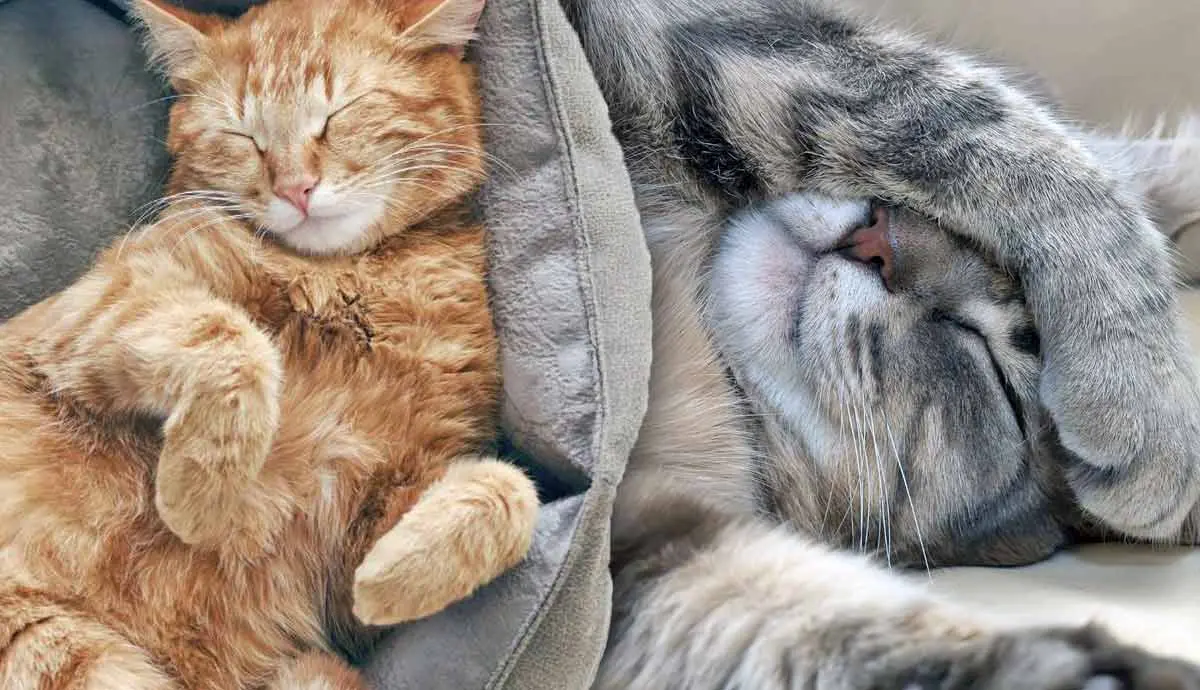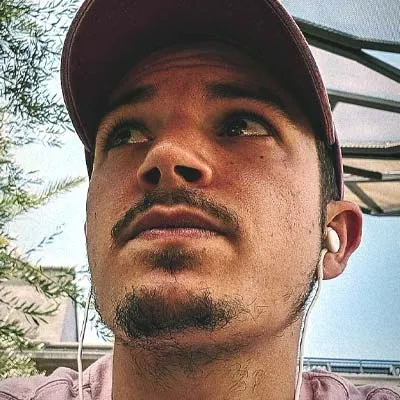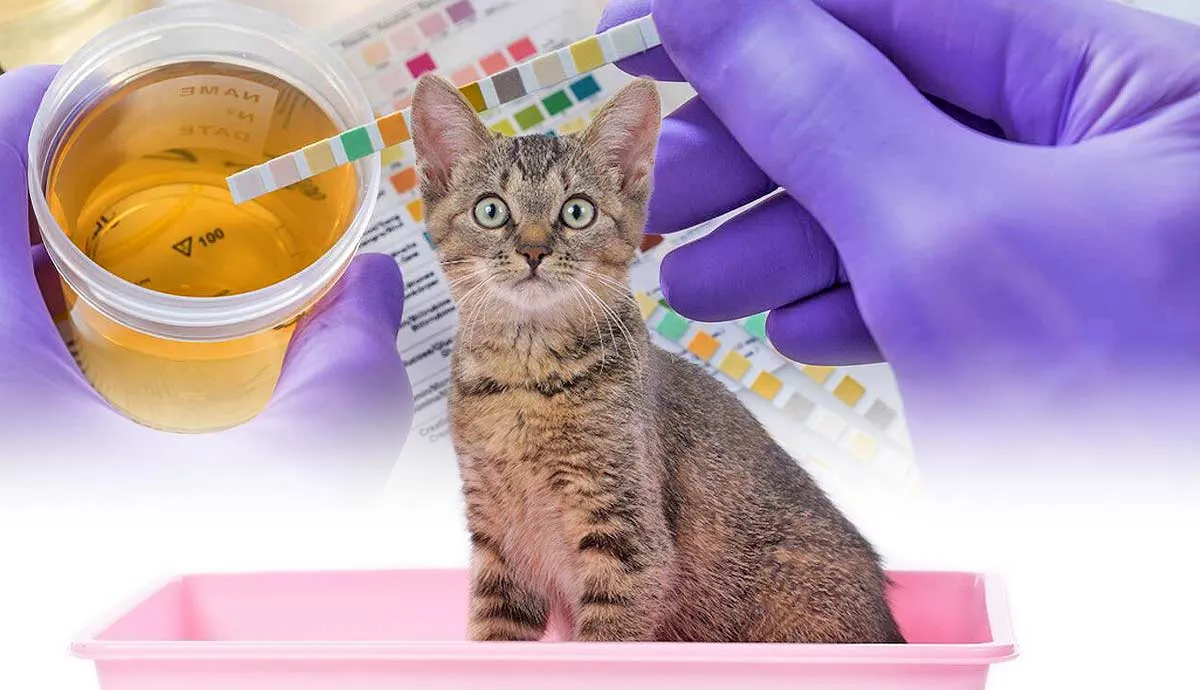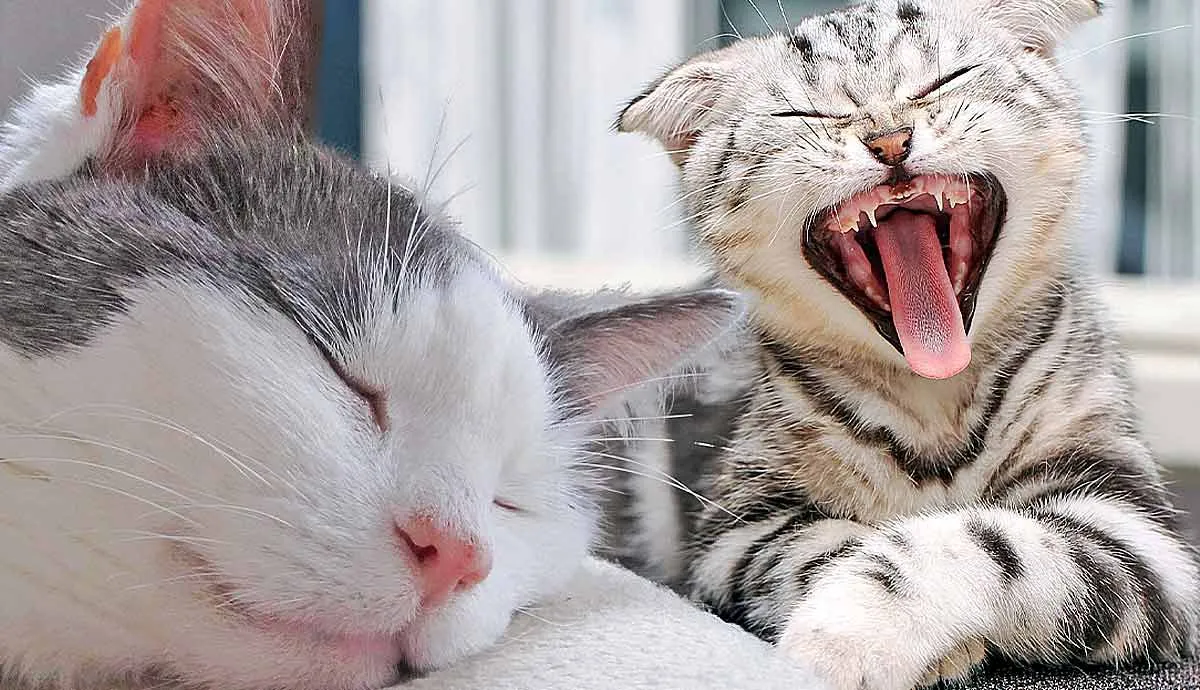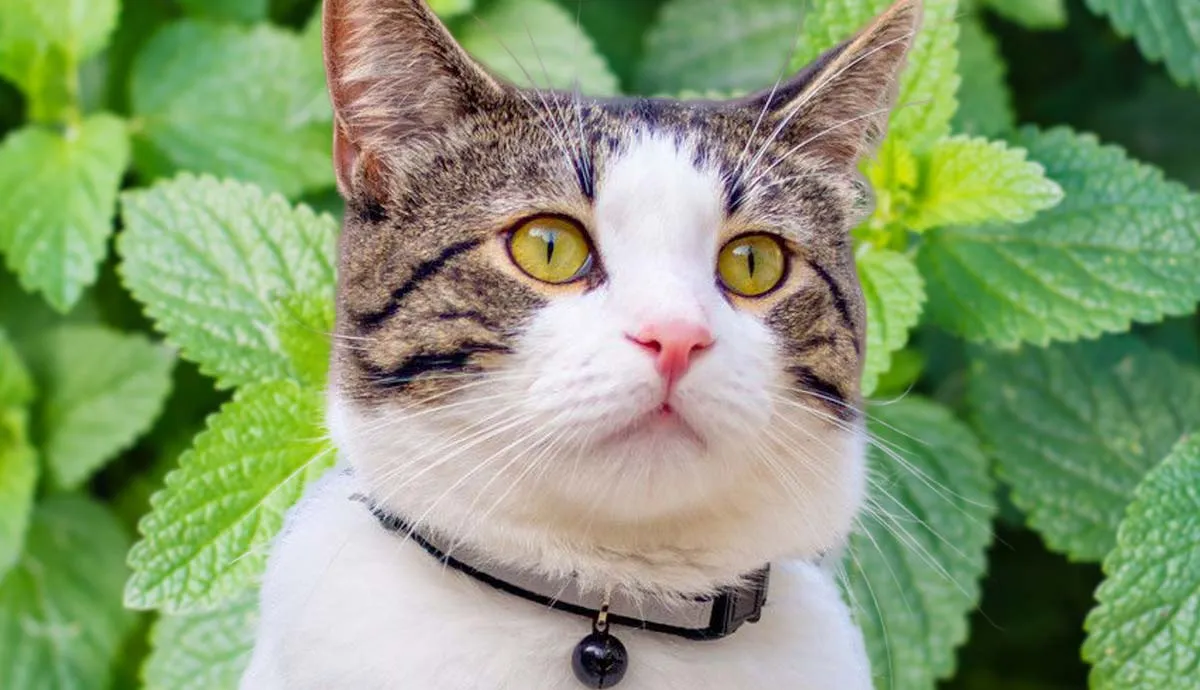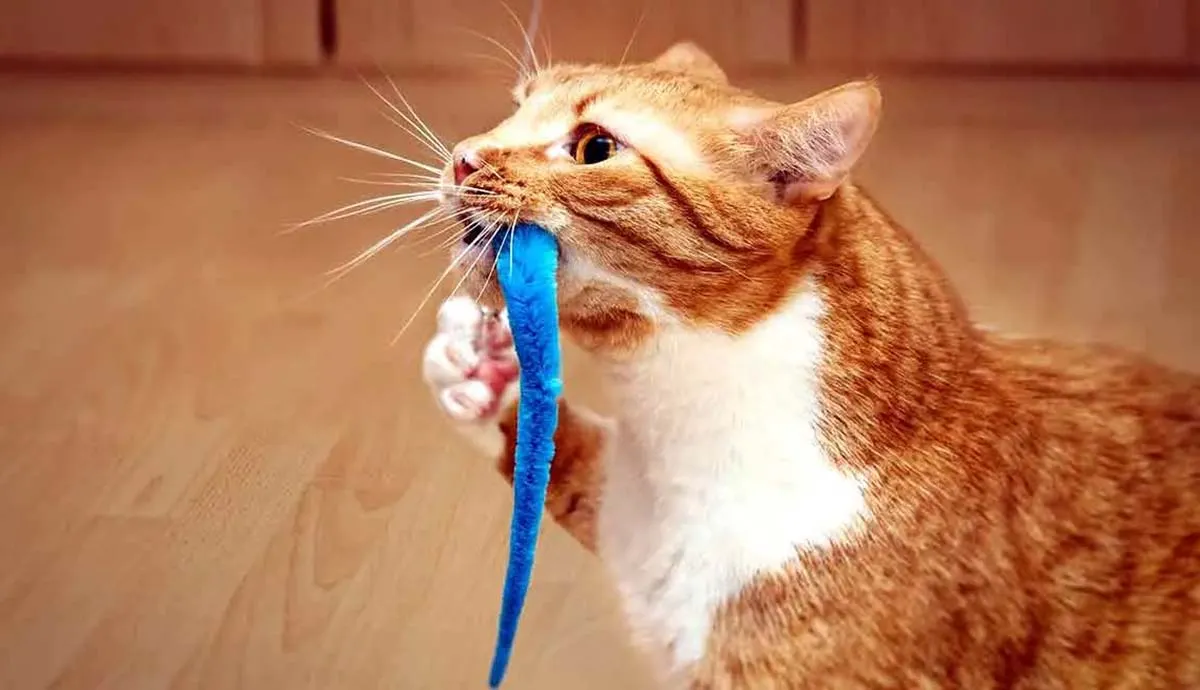There’s something so majestic about a cat sleeping. They seem so relaxed with their eyes pinched close and their body rolled up into a tiny ball – it’s cuteness overload!
But then they start to twitch. Ears are moving, tails are quivering, teeth are chattering, paws are shaking, legs are kicking, and muscles are contracting. You might be sitting there wondering, “Is this normal? Should I wake them up?”
Before you ruin an incredible sleep session, let’s go over the five most common reasons cats twitch in their sleep.
5. Your Cat is Dreaming (REM Sleep)
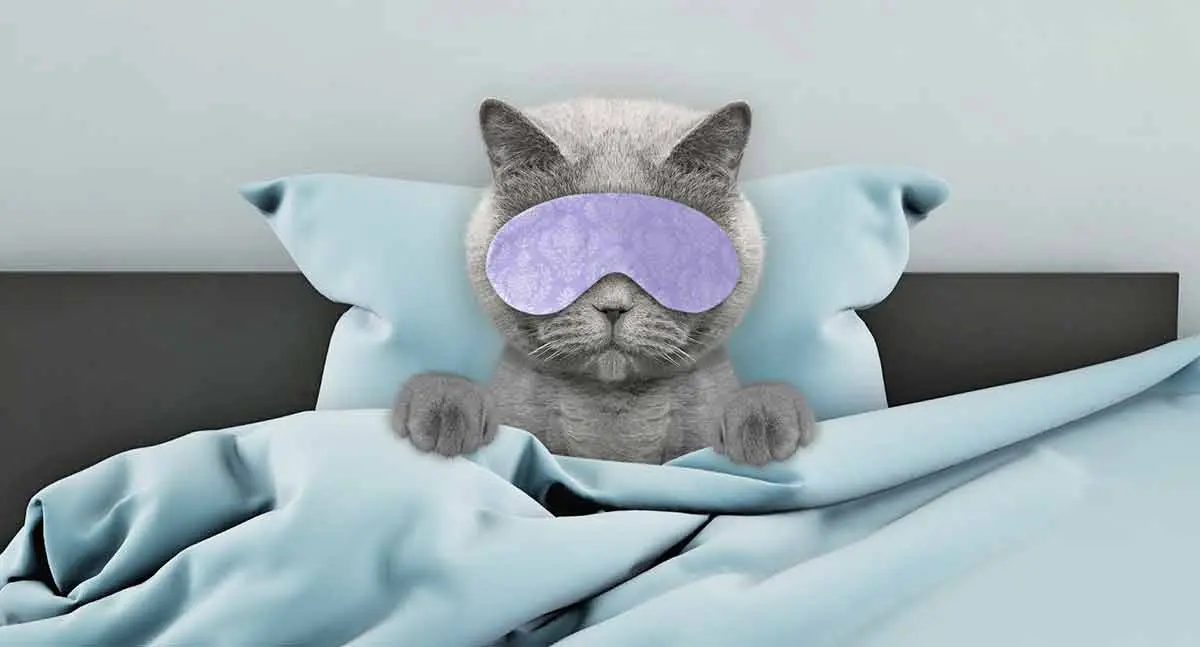
Cats sleep anywhere from 12 to 18 hours daily but do so in small increments throughout the day. Each sleep cycle usually lasts 1 and 2 hours and consists of REM (rapid eye movement) and non-REM sleep – much like their human counterparts.
You’ll rarely see your cat twitch during non-REM sleep, but it’s extremely common once they transition to the REM stage – known as the ‘deep sleep’ stage. This is when your cat is likely to dream, which can result in facial or bodily movements.
If your cat is sleeping and it looks like they’re trying to run or kick their legs, there’s a good chance they’re in the middle of a good dream. You should only consider waking them up if the twitching worsens or becomes excessive – though they might be a little grumpy upon waking up.
4. Nocturnal Myoclonus (Muscle Spasms)

Myoclonus is a neurological condition characterized by rapid and repetitive twitching of a muscle or group of muscles. It’s more common when your cat is awake but can also happen while they sleep – known as nocturnal myoclonus. Either way, it could be a result of an underlying condition.
If you see a specific muscle (or group of muscles) twitching at rates of up to 60 times per minute, your cat might be suffering from muscle contraction disease. It’s not always a cause for concern, but your vet will run a series of tests to ensure your cat’s nervous system works properly.
Nocturnal myoclonus can be caused by an infection, medication, or brain and/or spinal cord inflammation. Treatment largely depends on the underlying cause, but generally consists of medicine, antibiotics, movement restriction, diet changes, and other lifestyle changes.
3. Allergies and/or Infection
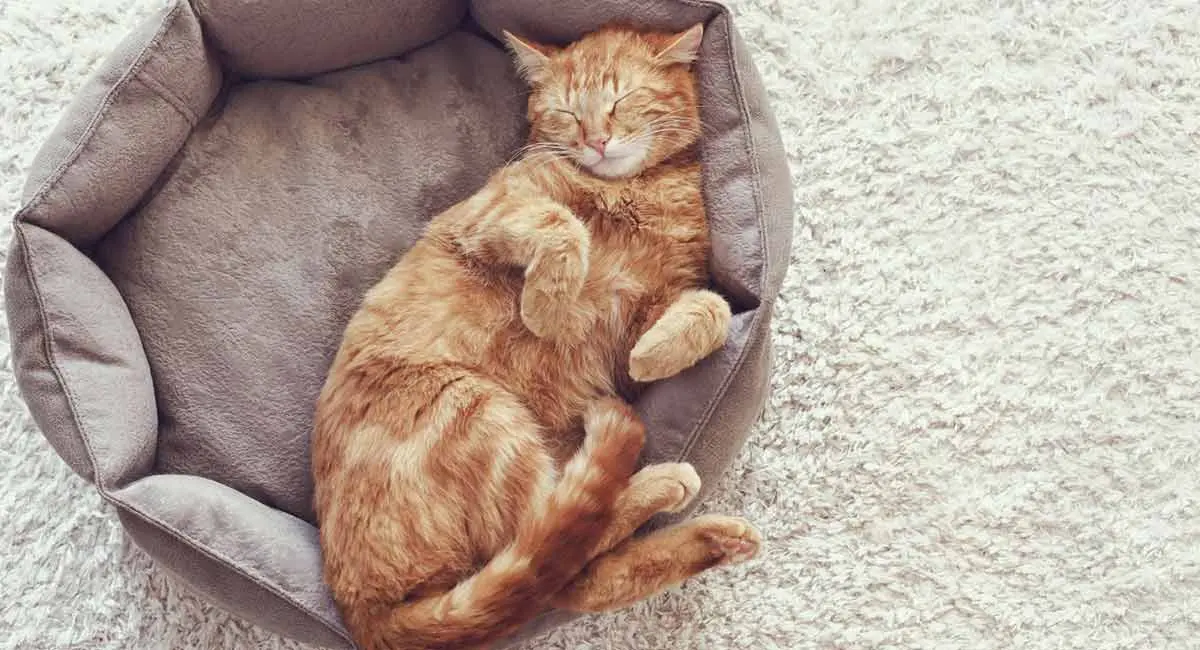
You’re sitting on the couch with your cat when you notice their back start to twitch. Moments later, your cat suddenly wakes up and immediately starts grooming the area that twitched – as if their life depended on it. Should you be worried – or was this just a random itch?
It was most definitely an itch, but I wouldn’t be so quick to label it ‘random.’
Itchy skin is more common in cats than you’d think. In fact, it could be a sign of an allergic reaction, fleas, infection, or knotted (matted) fur. If the twitching and grooming happen regularly, have your vet check your cat for fleas and/or skin infections.
If the twitching and grooming happen in the ear, check the ear for ear mites and/or signs of an infection – such as excessive wax in the ear.
2. Epilepsy and/or Nighttime Seizures
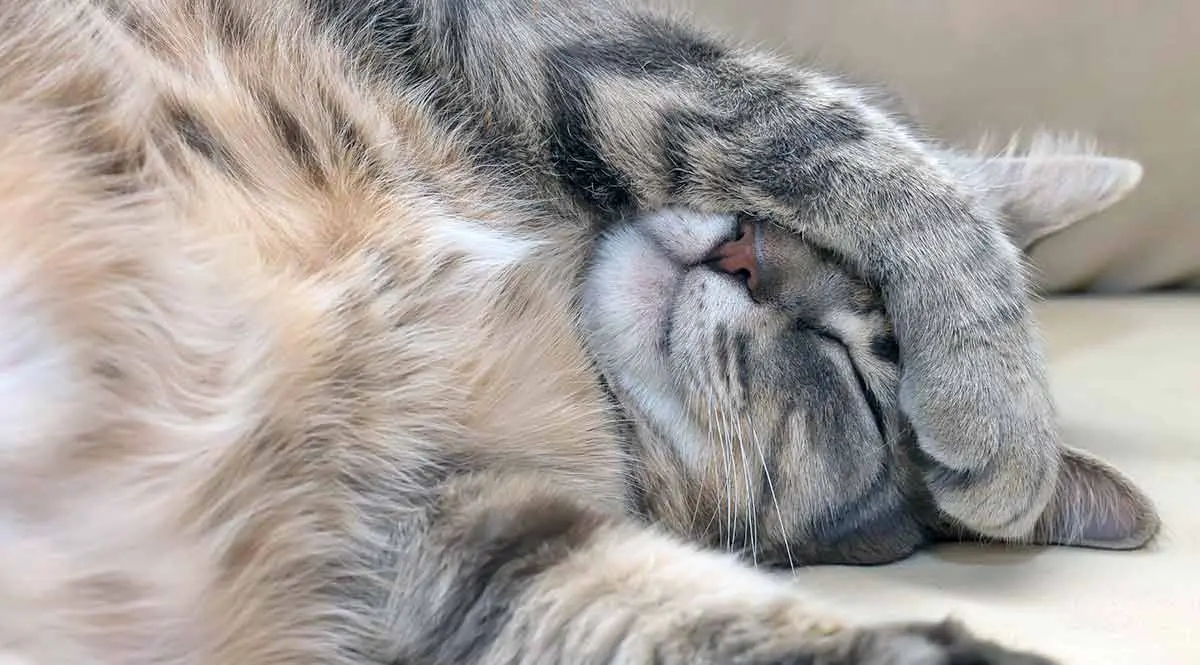
Epilepsy and nighttime seizures are often the worst-case scenario for a cat twitching when sleeping. It’s much more persistent than an itch, dream, or spasm, and is usually accompanied by muscle stiffness, disorientation, and loss of bladder/bowel control.
Most seizures in cats happen when brain activity changes. While this could be during feeding or playtime, it’s just as common when falling asleep or waking up. If your cat is twitching with drool or foam coming from their mouth, contact your veterinarian immediately.
In general, seizures that last more than five minutes should be treated as an emergency. Anything less than that still requires a trip to the vet, but it’s not as dire of a situation. Monitor their progress and make sure they can’t hurt themselves during the seizure.
1. Kittens Entering Activated Sleep Mode
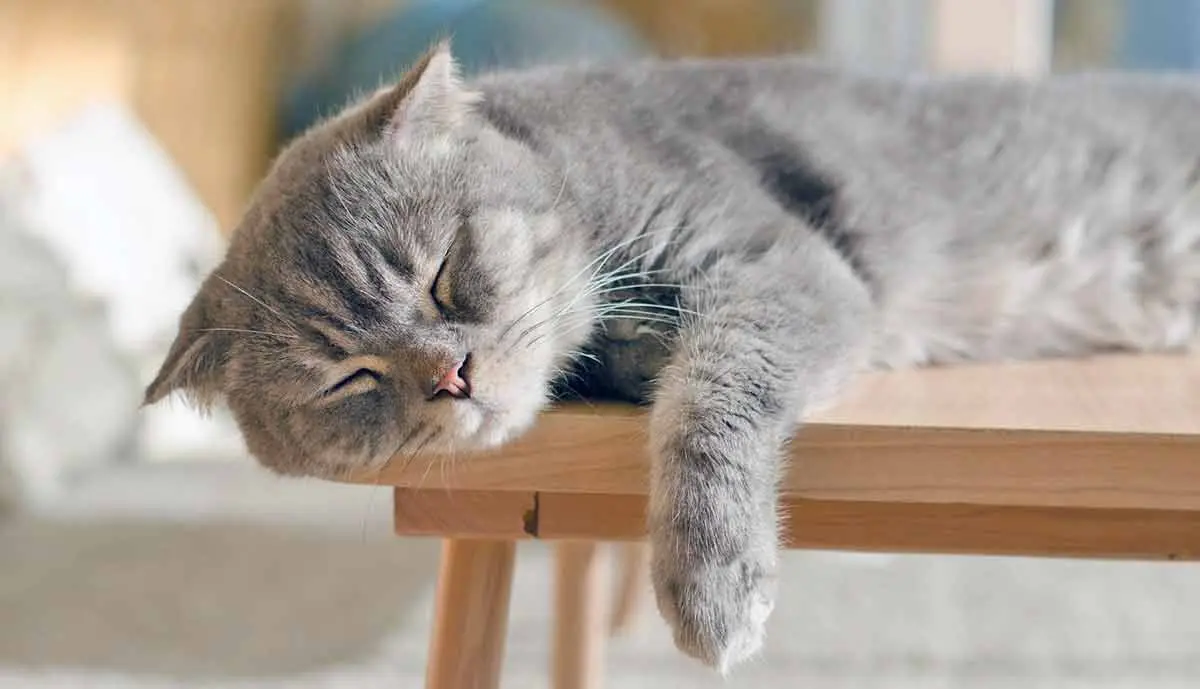
There are four primary stages to a cat’s sleep cycle. The first stage is a ‘catnap,’ which is the lightest form of sleep in cats. We’ve already discussed the next two stages – non-REM and REM sleep – but what about the fourth stage? Well, that’s what we call ‘activated sleep,’ and it’s exclusive to kittens (not adults).
During activated sleep, the kitten’s nervous system is awake and active – even though they’re technically asleep. This is a natural occurrence that allows the nervous system to grow, evolve, and mature during sleep.
If you notice a kitten twitching, crying, or squirming in their sleep, chances are they’re just growing up – so don’t disturb them! As long as the twitches aren’t harming them, you can let them squirm all they want!
Why Is My Cat Twitching While Awake?
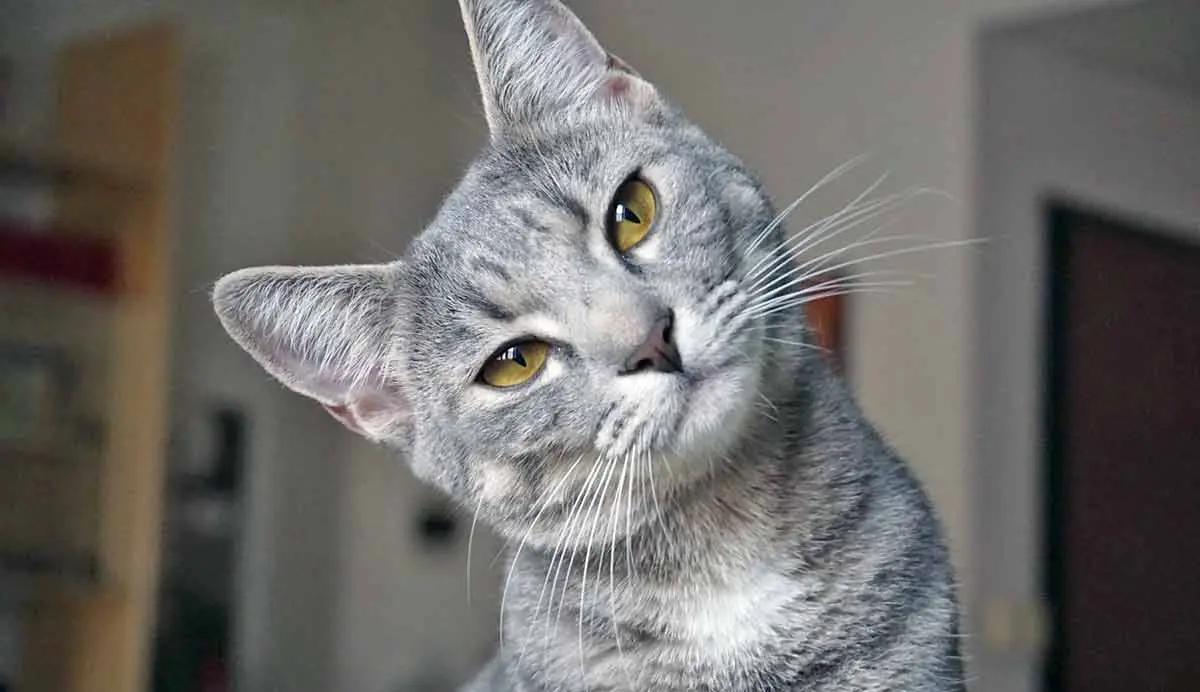
Alright, we’ve answered the question – “Why do cats twitch in their sleep?” – but what about cats that twitch when they’re awake? If this sounds like your cat, then they might be suffering from feline hyperesthesia syndrome (FHS).
FHS, also known as twitchy cat syndrome, is a condition characterized by twitching, rolling, or rippling skin, excessive grooming, and moments of hyperactivity. It usually happens after you touch or pet them, but it can also occur randomly throughout the day.
Researchers are still trying to figure out the root causes of FHS, but they believe it could have something to do with their skin, mental health, or nervous system. Treatment usually consists of environmental changes, behavioral modifications, and medication.
If you notice your cat twitching (when sleeping or awake) and are worried it might be something serious, don’t hesitate to schedule an appointment with your vet. You can make their lives easier by taking a video of your cat twitching – that way, the vet can see it for themselves.
